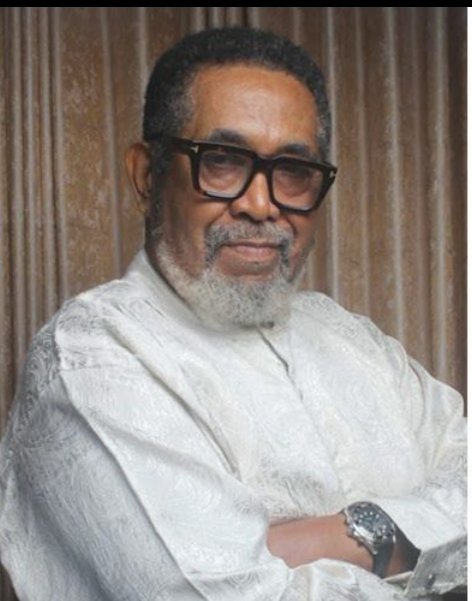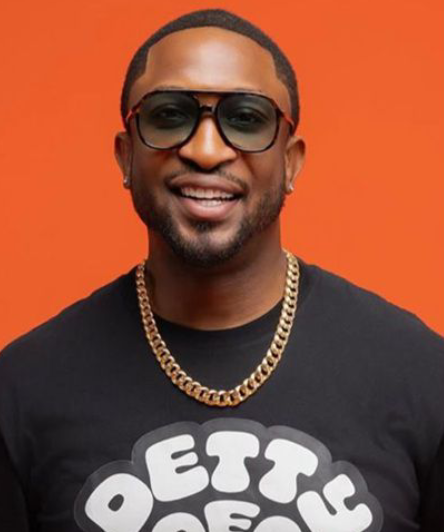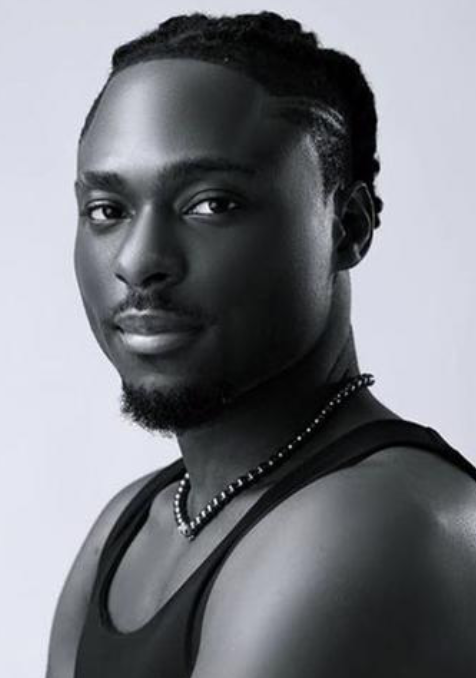
They Wanted a Show, and They Got One: Patrick Doyle Reacts as Kwam1 Gets Baited by Airport Staff

Veteran actor Patrick Doyle has weighed in on the now-viral altercation involving iconic Fuji musician K1 De Ultimate, popularly known as Kwam1, and airline staff at the airport, offering a sobering reflection on what it truly means to be a celebrity in public spaces. In a society that often grants famous individuals preferential treatment, Doyle paints a compelling picture of the darker, more sinister side of that fame — the envy, the resentment, and the carefully laid traps waiting to be triggered.
In a candid and deeply relatable post shared on social media, Doyle narrates his own experiences as a well-known figure navigating public services. “For the most part, celebrities and famous people get preferential treatment in most public spaces,” he acknowledges. But he quickly adds a chilling contrast: “There have been a few times when I am confronted by a service personnel with a chip on his or her shoulder, who perhaps has been nursing a grudge against me… maybe for how I acted in a movie or the answer I gave in an interview.”
It’s this resentment, according to Doyle, that fuels the calculated baiting some celebrities face — the kind that led to Kwam1’s recent blow-up. Without justifying Kwam1’s reaction, Doyle offers a layered perspective that sheds light on how these situations spiral. “Kwam1 was baited by the airline staff, and sadly, they succeeded in riling him,” he said, adding that he’s had his own brushes with such traps and knows how easy it is to fall into them.
The incident at the airport involving Kwam1 has been trending across Nigerian social media, with opinions sharply divided. Some believe the artist overreacted, while others argue he was pushed beyond the limit by airport staff who were allegedly rude and dismissive. But Doyle’s commentary adds a nuanced layer to the discourse, shifting focus to the psychological warfare celebrities endure in the name of fame and how power dynamics are constantly at play in these seemingly mundane confrontations.
Sharing a personal anecdote, Doyle recalled a time at Asaba airport when he too was nearly drawn into a confrontation. A staff member refused to allow him carry his hand luggage onboard because it was slightly above the weight limit. “I tried to jokingly cajole her,” he recounts, but she barked at him to “respect” himself. He immediately recognised what was happening — she wanted to provoke him into a public meltdown. “I knew she recognised me because her colleague had come to take a selfie with me while I was in the queue,” he explains. “Of course, I knew she was baiting me and hoping to upset me enough for me to activate the ‘insulted big man’ mode.”
Doyle credits his composure in that moment to self-awareness and maturity. He understood that giving in to the rage would not only give the staff member the satisfaction she was craving but also drag his name through the mud in the public arena. “Then there would be a shouting match, and I would be in breach of airport protocol, and she would have bragging rights that she humiliated that ‘useless’ Patrick Doyle.”
In contrast, Kwam1, in that charged moment, succumbed to what Doyle describes as the “diabolical trap.” And while many have been quick to cast stones, Doyle’s admission that he has “been known to go ballistic” in such situations himself gives the public a rare look behind the veil of celebrity self-control. The pressures and expectations placed on public figures to remain calm and gracious, even when provoked, can sometimes prove impossible to uphold — especially when the provocateurs are armed with their own personal grudges and the knowledge that a few seconds of drama could go viral in minutes.
There’s also an element of calculated humiliation in these encounters. The service staff are not always random agents of inconvenience; some, according to Doyle, are fully aware of the power they wield in those fleeting interactions. A rude tone, an arbitrary enforcement of rules, or a public denial of basic courtesy can be all it takes to rattle a celebrity. When that celebrity reacts, the tables turn, and the story becomes one of entitlement and arrogance, instead of the underlying provocation.
“I just pray that God should keep such irritants far away from me,” Doyle said in his closing remarks, “and whenever I encounter such ‘blessed’ people, I pray for self-control and the grace not to fall into their diabolical traps.”
His words serve not just as commentary on a specific incident but as a broader reflection on human behavior, public expectations, and the silent battles celebrities fight daily. Doyle’s insight reminds the public that behind every viral video lies a complex chain of events and emotions — a buildup of frustrations, miscommunications, and sometimes, outright sabotage.
In a world where everyone has a camera phone and a thirst for scandal, it’s become increasingly easy to push a public figure over the edge and catch their fall on video. What often gets lost in translation is the emotional warfare behind those outbursts — the subtle pokes, the deliberate slights, and the quiet battles for dignity in the face of public scrutiny.
Patrick Doyle’s account is a wake-up call to both fans and critics: fame is not a shield against disrespect, nor is it a license to dehumanize those who possess it. While celebrities may enjoy certain privileges, they also carry a target on their backs — one that is often invisible until it’s too late.


